When I first hear of ground covers, I think of the tarps that cover the ground to protect a sports field or even the ones that go over the plants to protect them from the first chill, but that’s not the kind we’re talking about here. In this case, the term is referring to a specific category of plants that grow low and spread quickly to cover a ground that’s hard to care for generally.
Many companies and gardeners use these plants either to brighten up a space by introducing new colors and textures into their yard, whole others use them as a means to cover large areas on slopes where turf doesn’t do well or areas that are difficult to maintain. While the initial cost is more than grass, once maintenance is factored in, it usually is cheaper in the long run. Other uses for the ground covers include making your yard smell good, maintaining high traffic areas, or even choking out weeds. Here’s 5 of the best ground covers available to us.
1Thyme (thymus serpyllum)
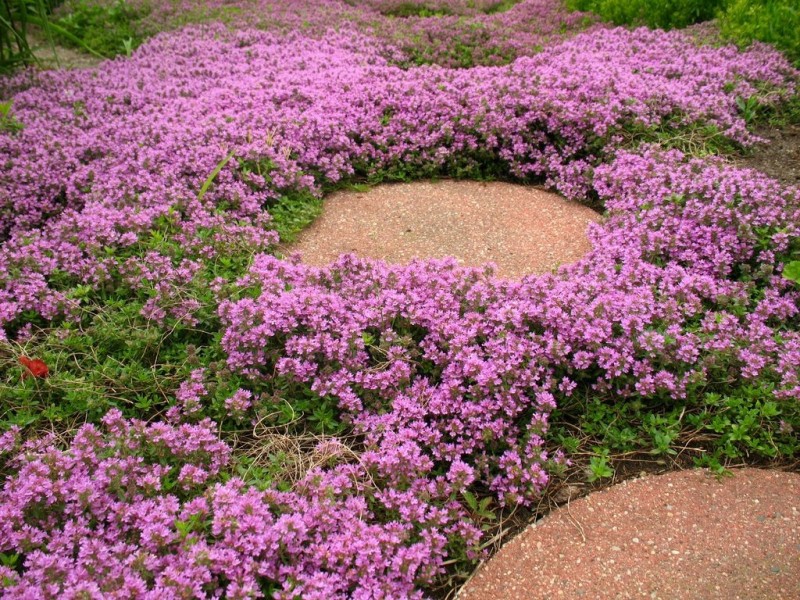
Thyme is one of the long favorites for ground cover as it offers fragrant evergreen foliage with countless pink, purple, or white flowers in spring and summer. During the fall, the evergreen of the stems turn bronze.
Thyme requires full sun and well-drained soil, but it’s perfect for hot, dry places and great for edging an informal path. Because of this and its tolerance to foot traffic, it’s often used in stepping paths between stones.
2Periwinkle (vinca minor)
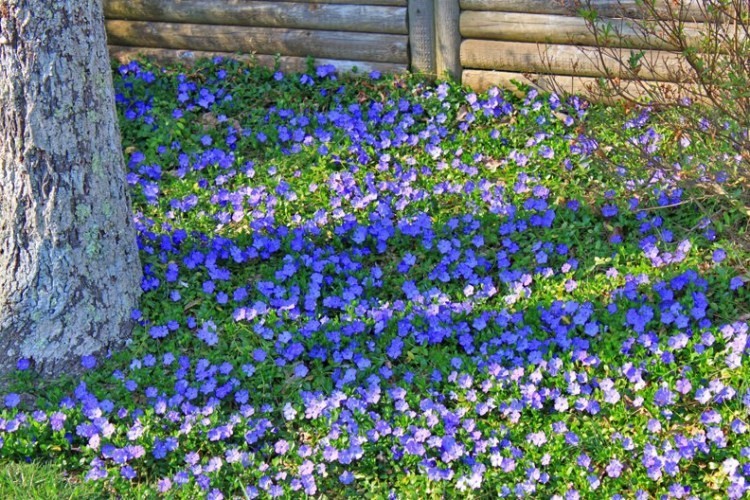
Like Thyme, this also has green foliage, though it is brighter and shiny. During the spring to fall months, Periwinkle has blue, purple, or white flowers that offer colorful accents to your yard. Unlike the thyme though, it tolerates a wide range of soil conditions and a variety of sun levels, though it’s not great with full shade. It’s particularly effective for slopes to stabilized soils and prevent erosion. Because it can grow quite quickly, some gardeners do consider it to be a little invasive.
3Primrose (oenothera speciosa)
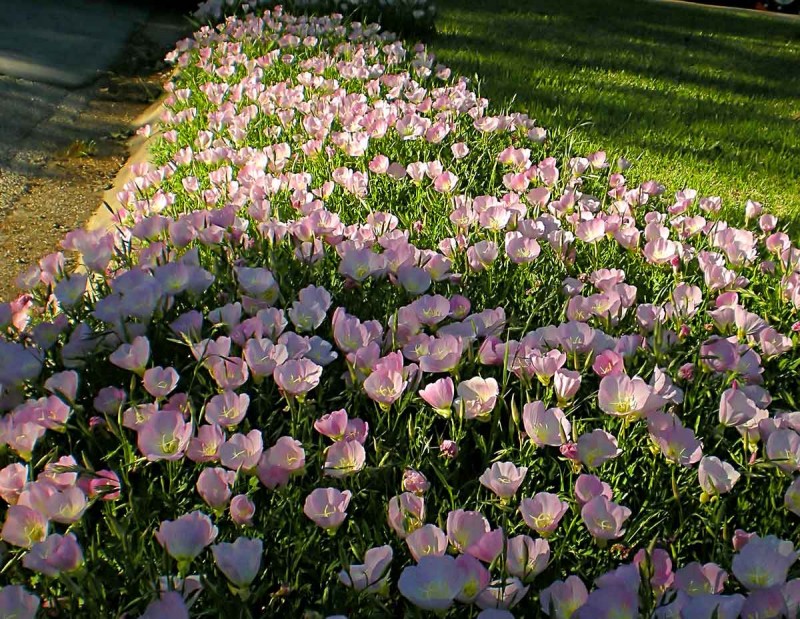
The best part about this ground cover is that it is heat, drought, and humidity tolerant. During the summer, you get showy little pink flowers that open in the evening and go until late morning. It is one of the easier ones to grow, but it takes some time for it to break ground.
It has many uses from meadows to wildflower gardens and even alongside roads, but many suggest that it is best grown in areas where it will not intrude on other plantings and to be extra careful when planting in beds, borders, and rock gardens. It does best in full sun and well-drained soil.
4Japanese Forestgrass (hakonechloa macra)
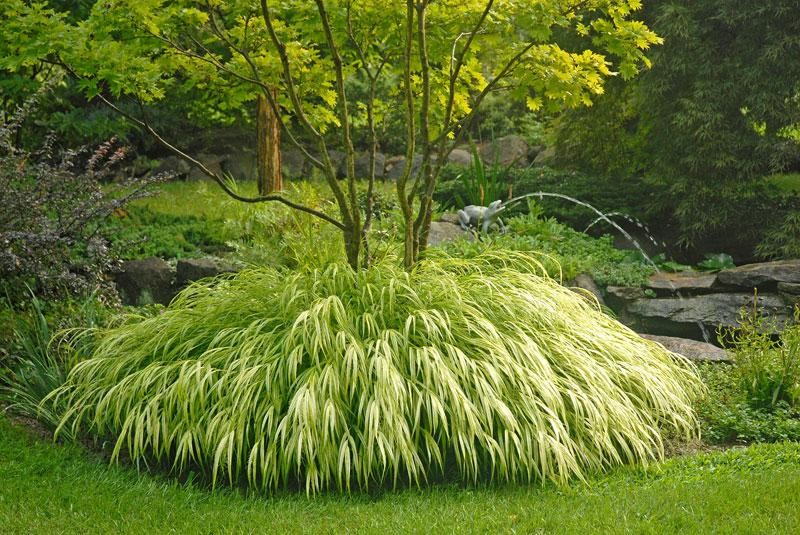
Unlike the others on this list, this, like the name suggests, is a leafy perennial grass. Many like it for its unique look and texture, especially to surround trees and lining beds. It ranges in shades of gold and green, and tends to grow in mounds that hug the ground.
It’s especially liked for its range of tolerance from performing better in full sun to doing exceptionally well in shaded areas as well. Some popular uses are accents for woodland gardens, shaded areas of mixed borders, along paths and walks, in rock gardens, on slopes, and in containers.
5Snow-in-Summer (cerastium tomentosum)
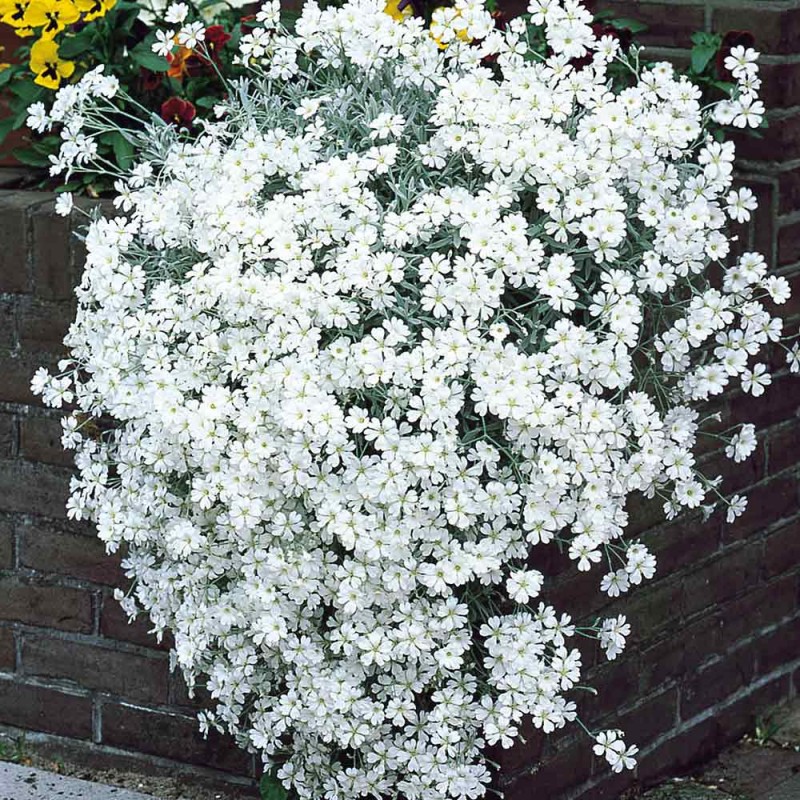
Known for its mounds of white flowers and silvery foliage, this ground cover is popular in all types of gardens and spaces. Unlike the others, it’s less invasive, but still grows well. The biggest complaint people have is that it typically lasts up to five years before having to replant again.
Some popular uses for this include accenting stone walls, patios, and garden borders as well as cottage gardens and other edgings. It’s particularly nice for sunny areas in a variety of soils.
This article is brought to you by Franklin Rental, where you can rent all types of lawn and garden equipment. You can rent for as little as a few hours up to a month at a time. Learn more here.
Franklin Rental is located at 1516 Columbia Ave, Franklin TN 37064.

















